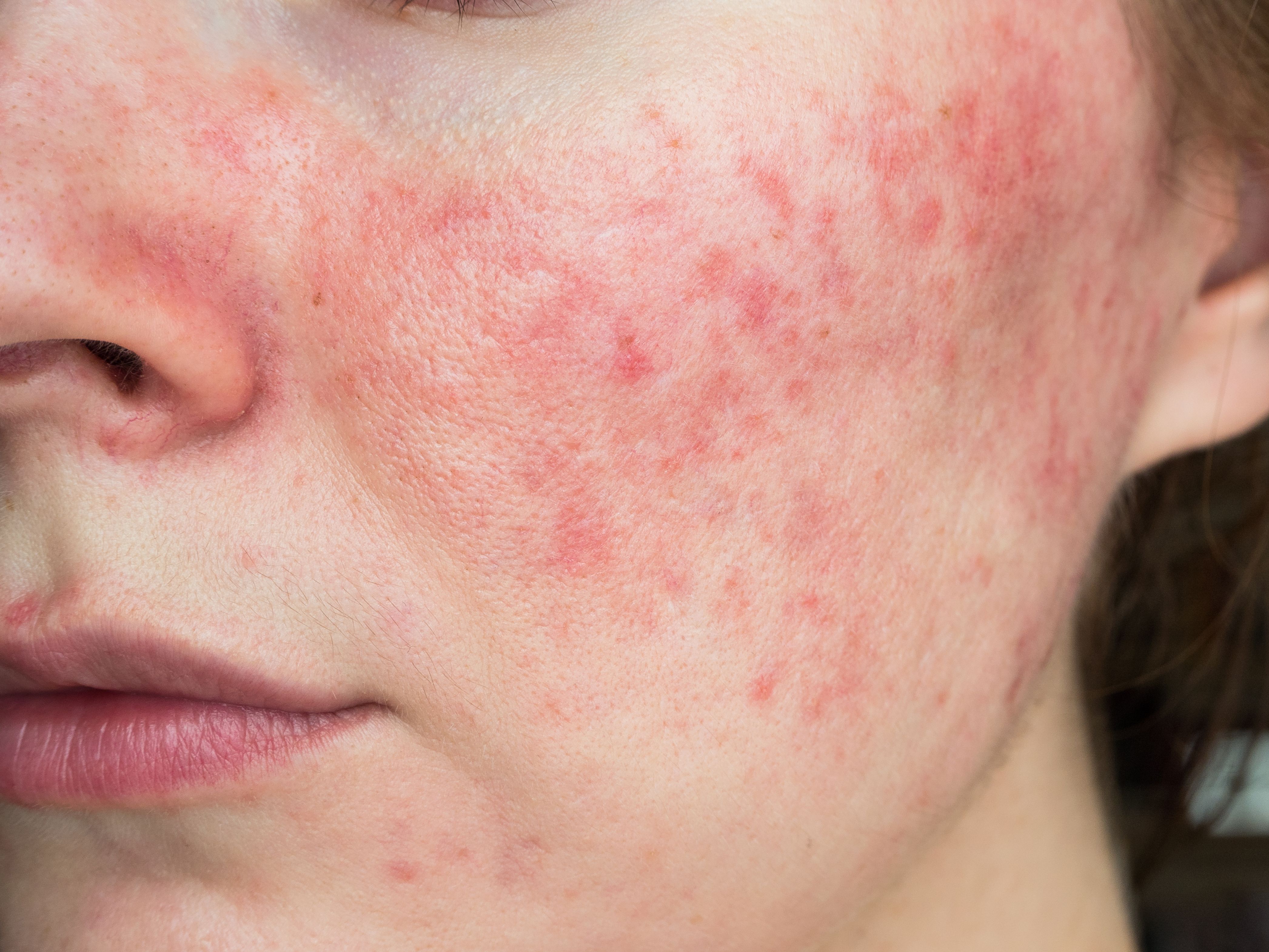- Case-Based Roundtable
- General Dermatology
- Eczema
- Chronic Hand Eczema
- Alopecia
- Aesthetics
- Vitiligo
- COVID-19
- Actinic Keratosis
- Precision Medicine and Biologics
- Rare Disease
- Wound Care
- Rosacea
- Psoriasis
- Psoriatic Arthritis
- Atopic Dermatitis
- Melasma
- NP and PA
- Skin Cancer
- Hidradenitis Suppurativa
- Drug Watch
- Pigmentary Disorders
- Acne
- Pediatric Dermatology
- Practice Management
- Prurigo Nodularis
- Buy-and-Bill
Video
Adolescent Rosacea in Peer-Reviewed Publications and Use of the 2017 National Rosacea Society Updated Guidelines
Author(s):
At the SPD 2022 47th Annual Meeting, a poster session looks at the updated guidelines for rosacea, and whether they are inclusive of children.
Back in 2017, the National Rosacea Society (NRS), the world's largest organization dedicated to improving the lives of the estimated 16 million Americans who suffer from this widespread but poorly understood disorder, proposed updated diagnostic criteria for rosacea. The guidelines included transitioning from subtype to phenotype classification. It was not clear if these new guidelines can now also pertain to patients aged less than 19 years.
Olive Osuoji, MD department of Dermatology, University of California, San Diego, California; Elana Kleinman, BS, department of Dermatology, Rady Children’s Hospital, San Diego; Helen Park, BS, department of Dermatology, University of California, San Diego; Margaret M. Appiah, BS, Rady Children’s Hospital, San Diego; and George Hightower, MD, PhD, Rady Children’s Hospital, San Diego, compared photo-documentation in peer-reviewed publications of adolescents diagnosed with rosacea with the National Rosacea Society updated diagnostic criteria to see if the new criteria was applicable to the pediatric population.
The investigators performed a PubMed search using the terms “rosacea (and pediatric OR adolescent)” and limited the search to peer-reviewed publications between October 2017 and March 2022. All articles were reviewed by one or more members of the team to identify the presence of facial photos with a written description that included ages between 12 and 19 years. Identified photos, along with text descriptions were then evaluated using a rubric including phenotype description terms which corresponded with the rosacea diagnostic criteria that was outlined by the National Rosacea Society in 2017.
The search terms produced 106 articles. Six of the articles were not publicly accessible, and 2 articles were not in English. Of the remaining articles, there was a total of 76 images. Only 2 articles included facial photography of patients aged 12 and 19 years. Only 1 of these articles met the 2017 National Rosacea Society diagnostic criteria.
Researchers concluded that there were very few peer-reviewed articles with photos of adolescents diagnosed with rosacea. Furthermore, the search indicated that the 2017 National Rosacea Society diagnostic criteria are not widely used in peer-reviewed studies of adolescent patients. The researchers determined that age-targeted publications showing appropriate use of diagnostic criteria in adolescent patients can help dermatologists in an accurate diagnosis of rosacea for this population.
Reference
Osuoji O, Kleinman E, Park H, Appiah MM, Hightower, G. Adolescent rosacea in peer-reviewed publications and the use of the 2017 National Rosacea Society Updated Guidelines. SPD 2022 47th Annual Meeting. Poster presentation. July 7 and 8, 2022. Indianapolis, Indi






